Green Party local election preview: South East
Local elections are right around the corner. Thousands of new councillors are set to enter local government in England and the north of Ireland. Nearly 200 Greens are currently elected to local authorities across the UK. On May 2, both the Green Party of England and Wales and the Green Party in Northern Ireland are hoping to add to their tally.
Bright Green is taking a look at some of the most interesting races for the Greens – highlighting the candidates, reviewing the campaigns, and previewing what could happen on polling day.
Next up in our previews is the South East.
The People’s Republic of Brighton & Hove
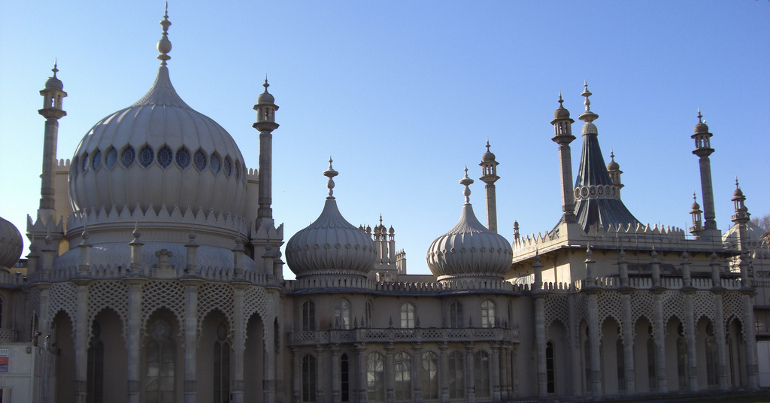
A hotbed of left wing radicalism. Home of London’s commuting academics and arty types. The queer capital of Britain. A city facing rapid gentrification. The south’s best old-school seaside resort. An incubator for alternative culture and independent enterprise.
Brighton (and its lesser spoken of sibling, Hove) is many things to many people. In reality it is all of these things and none. No doubt it is unique.
It is so, partially because its citizens elected the first ever Green MP in 2010, and the first Green Party run council in 2011. In political circles, Brighton & Hove and the Green Party are largely synonymous. As such, it’s no surprise that the city is the site of some of the most exciting Green prospects in this year’s local elections.
Brighton & Hove elects its whole council once every four years. This means it avoids the annual March-May flurry of leaflets, canvassers and poster pitch battles. Instead, it’s marked by three years of relative calm punctuated by a year of intense political activity.
This being Brighton & Hove, the battle this year is far from ordinary.
The city hosts one of the highest concentration of Labour Party members in the country. But the party is riven with division. Only a handful of sitting Labour councillors are standing for re-election. Two of its councillors have defected to Change UK. Another even jumped ship to the Tories. One of the defectors is former council leader Warren Morgan, who is now standing for Change UK in the European elections. Those defections have meant that Labour has now fallen behind the Tories as the city’s largest party.
Naturally, this leaves the Greens in a strong position. A divided Labour Party, combined with a strong track record and electoral buoyancy due to the immense popularity of Caroline Lucas means the local party is quietly confident going into these elections. Their manifesto promises a series of radical changes to the city – including tackling the hated waste management system currently managed by international outsourcing conglomerate Veolia.
But bins are where things get thorny in Brighton & Hove. Yes, the Labour Party is largely blamed for the city’s poor recycling and the catastrophic Veolia contract. But the Greens still struggle to shrug off their scars of their battle with the bins too. When the Greens ran the council, a bungled handling of an equal pay discrepancy saw a refuse worker strike, in which Caroline Lucas joined rallies campaigning against the Green council and its leader Jason Kitcat. Memories of the dispute run deep. Kitcat and the bins come up on the doorstep, not just in Brighton & Hove, but across the country.
That notwithstanding, things are looking hopeful for the Greens. A strong slate of candidates, and turbulence in local and national politics could well play into their hands. It’s not unreasonable to suggest the Greens are likely to make gains in these elections, and regain some of the ground they lost in 2015.
Making accurate predictions is nigh-on-impossible. But what’s almost guaranteed is that the next administration in Brighton & Hove – be it Green, Labour, or even on a very bad night, Tory – will have to run it as a minority. That means more negotiation, more turbulence and more of what is that uniquely Brighton politics.
Elsewhere in Sussex
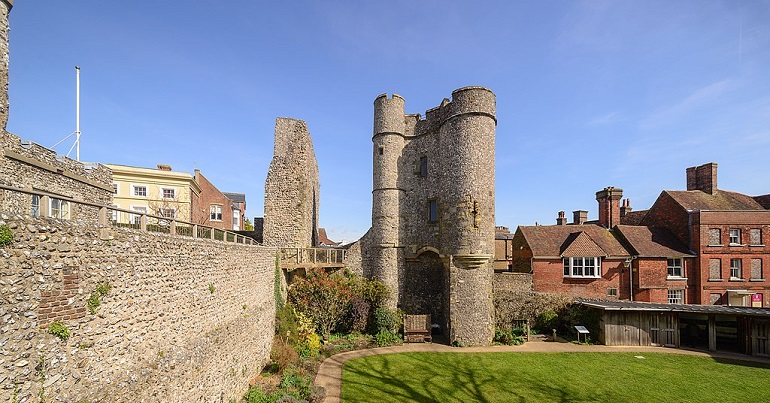
Less than ten miles up the road is the small, inland town of Lewes. It gives its name both to a parliamentary constituency and to the Lewes District Council – both of which in fact cover a much wider area. The council has traditionally been run by the Conservatives, broken up by the occasional period of Liberal Democrat rule or it being in no overall control.
In 2015 Greens leapt onto the council, taking three seats for the first time. All three of the wards Greens were successful in were within Lewes itself, and all of them multi-member wards. In Lewes Bridge, the party narrowly won the second seat in the ward. In Lewes Castle, Greens were around 60 votes shy of winning two, rather than one seats. And in Lewes Priory, the margin was even narrower – they fell just 11 votes short of electing a second councillor.
So four years on the Greens are hopeful of building on their past performance and growing the size of the group on the council. A small swing could see a second seat in each of those wards go Green. Also interesting is the nearby ward of Ouse Valley and Rigner. Outside the town of Lewes, the Greens performed well here in 2015. The party is unlikely to take it this time around, but it remains a warm prospect for future growth.
Three hopefuls in Oxfordshire

We head north now. And although the city of dreaming spires is having some well earned rest and time off from elections, the county it is within is gripped by election fever. Not known for being a Green hot spot, Oxfordshire is nonetheless proving interesting for Greens in 2019. Three election races are attracting attention.
Firstly, we have Bicester. The town is perhaps best known for being the bizarre host of a high-end and designer shopping centre. It falls within Cherwell District Council – a local authority that has been run by a Tory majority for nearly two decades. Not natural Green territory by any means.
But a formidable campaign run by Young Green Robert Nixon is looking to kick out a Tory in Bicester East ward. On the campaign trail, Nixon has gathered the support of a former independent councillor and ran an extensive ground campaign in a town not used to significant political campaigning. While unlikely to go Green this year, the campaign has built sufficient strength that it will be within winning distance next time around.
Sticking in Cherwell, writer and campaigner Ian Middleton is putting up a strong fight in Kidlington. In 2018, Middleton polled an impressive 29% of the vote, but fell short to the Tory candidate. This year, he’s hoping to make it over the line and become the Greens’ first representative on the council. On a council where the Tories dominate almost exclusively, outside of Banbury, this would play a significant role in reshaping the area’s politics.
And finally – the peculiarly named Vale of White Horse District Council. The council has historically been a battleground between Tories and Liberal Democrats – especially in the town of Abingdon. But this year proves interesting for the Greens in Abingdon. In the two seat Abingdon Abbey Northcourt ward, the Liberal Democrats currently hold one seat, and the Tories the other.
This year, the Liberal Democrats are only fielding one candidate, as are the Greens. There is also no Labour candidate either. This all means that progressive voters have no risk of vote splitting and could oust the Tories from the ward, electing a Green in the process.
Across the border to Berkshire
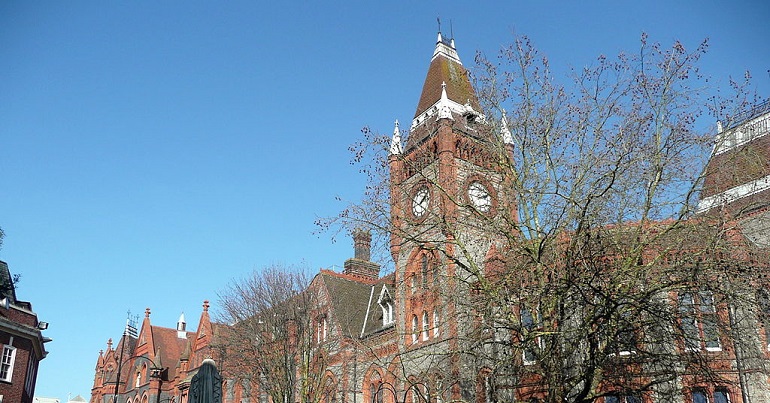
In the Eastern region preview, we spent some time in Peterborough – a city oft known for its role as a transport hub and a place where you change trains. Sadly, for many, Reading is also known solely as a giant railway station which connects up bits of the South of England. That, or the festival.
Regardless, Reading has long hosted Green councillors. The party won its first seat on Reading Borough Council in 2010, and has been represented for every year since. The council is dominated by Labour who hold the centre and south of the town. The Tories are secluded in the north, Liberal Democrats in the west, and the Greens, in their sole ward – Park – in the east. There the Greens hold all three seats, and have fended off Labour threats for now nearing a decade.
It’s hard to see a result which would see the Greens lose Park ward. But the party has polled well elsewhere in the town too – most notably in Redlands ward, where they picked up 29% of the vote in 2018.
Reading Green Party have a powerful ground campaign, with a slick electioneering operation. They’ve also enlisted the support of the strong election machinery of the South East Young Greens who have held a series of action days in the town. On election night, when looking for potential areas for Green gains, you probably want to keep an eye on Reading.


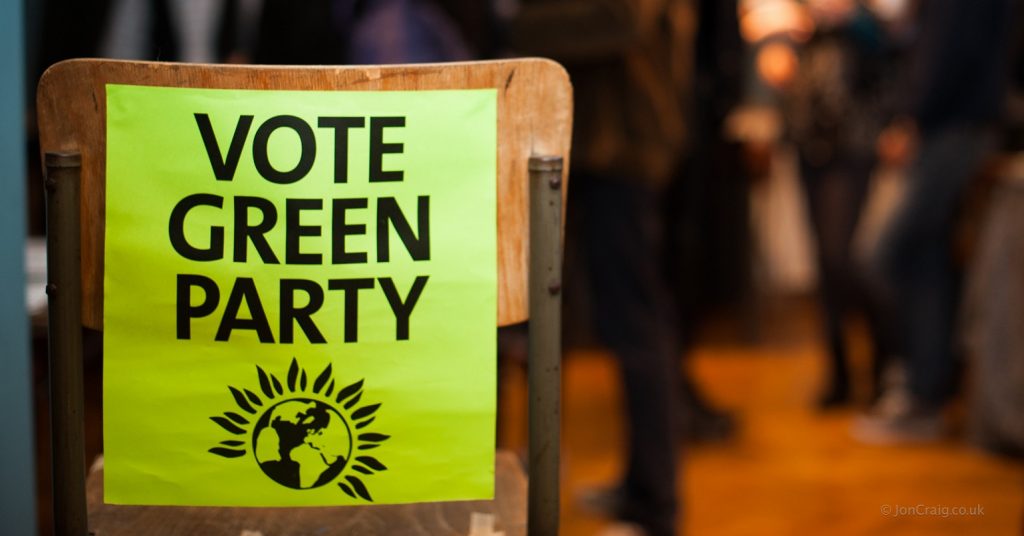
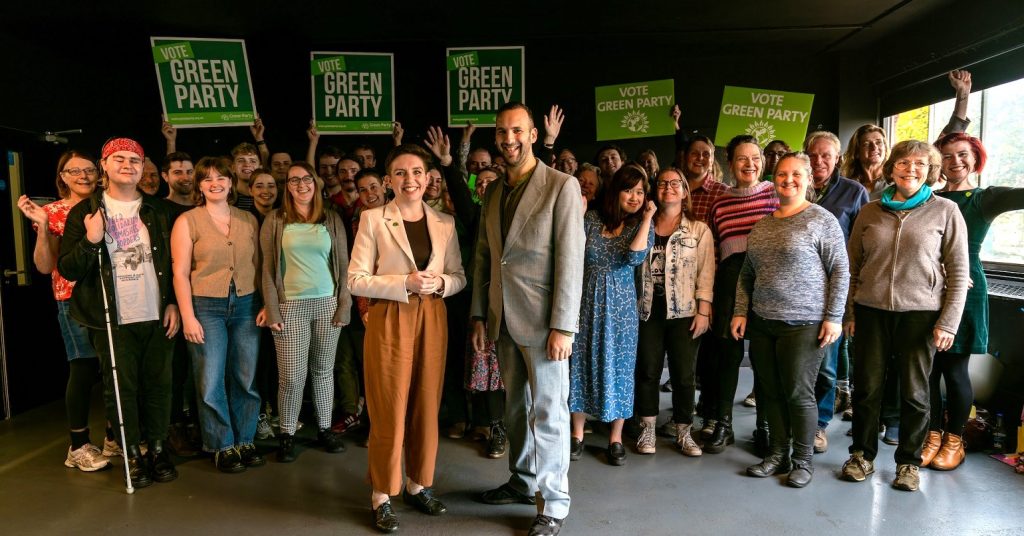
No mention of Surrey?
Hi Chris, just to say I was very inspired by this post. It’s so detailed and useful and full of information we would not get elsewhere. Keep up the excellent work!